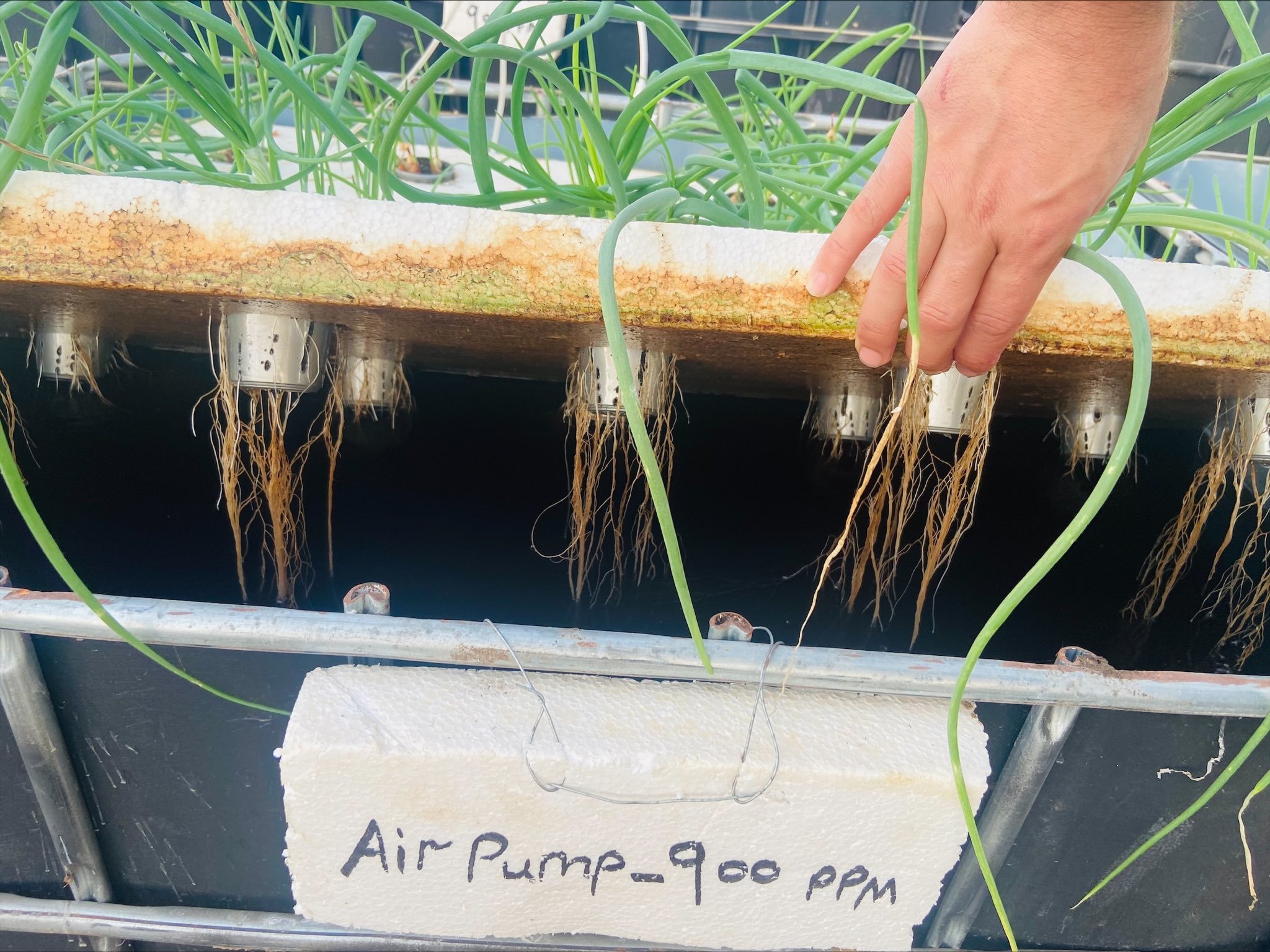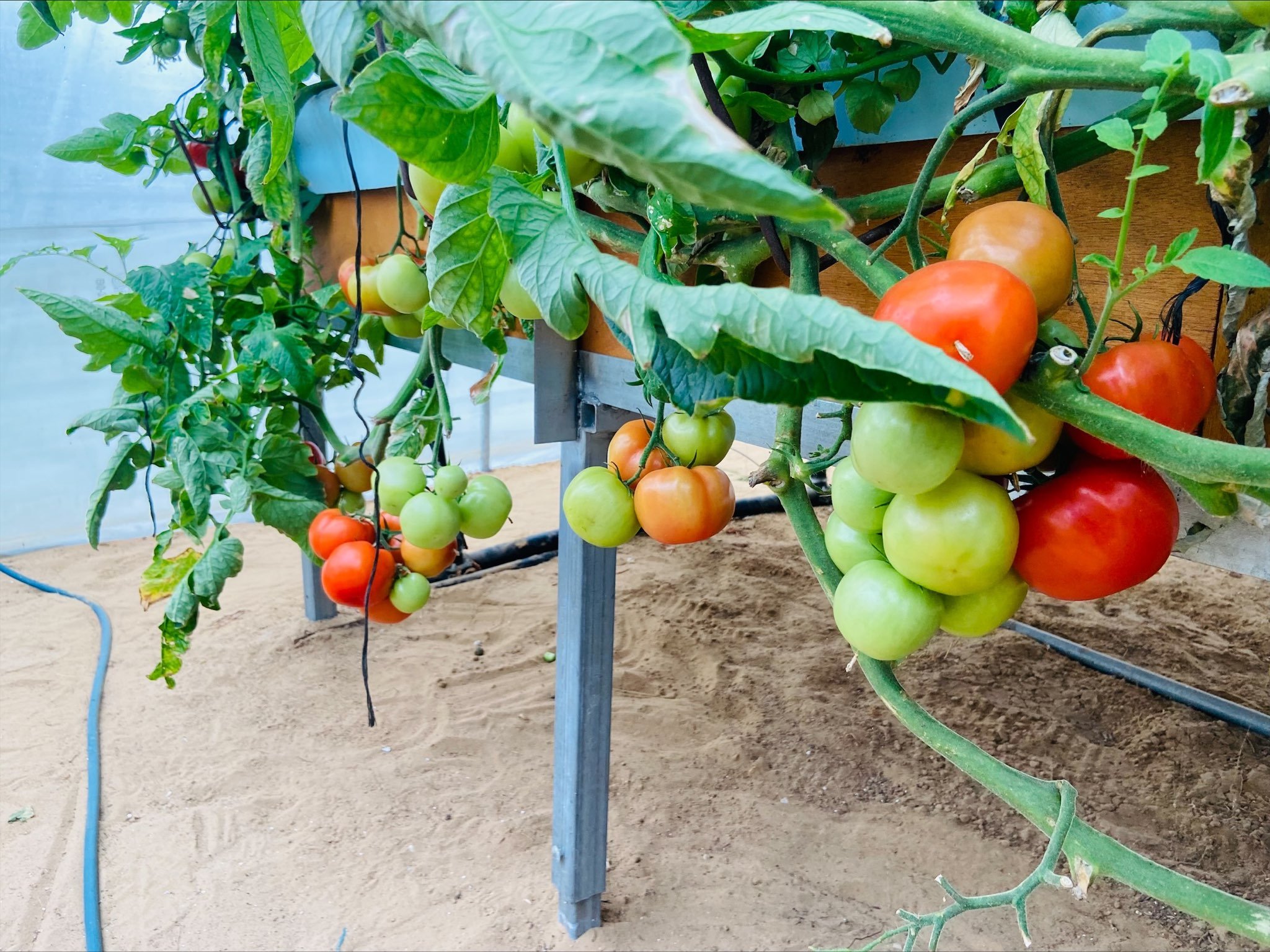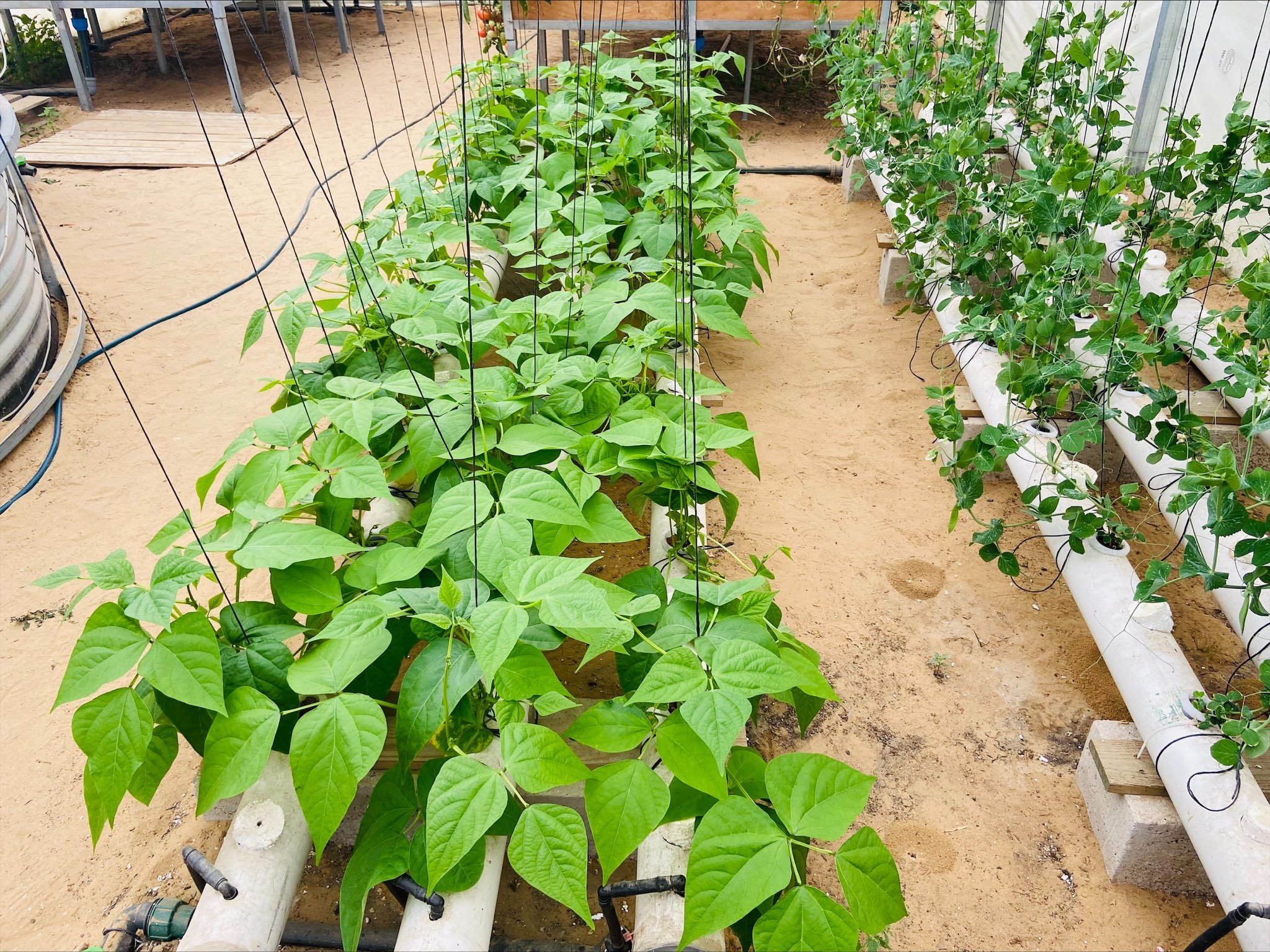Aquaponic System
Climate change and agriculture are two interrelated processes where changes in temperature, rainfall, extreme climatic fluctuations, changes in pests and diseases, changes in atmospheric carbon dioxide and near-surface ozone concentrations, changes in the nutritional quality of some foods and changes in the surface level of the sea, all these changes affect of the agricultural. Climate change affects agriculture. These impacts appear unevenly across the world, negatively impacting crop production and increasing the risk of food insecurity for some vulnerable groups.
As a result of the aforementioned factors, many countries, institutions and farmers were interested in searching for solutions to overcome the factors that affect food security. Research and experiments began focusing on modern agricultural patterns that preserve and enhance agricultural production in light of all climatic changes. One of those patterns or models is soilless agriculture and agriculture, Isolated system or Aquaponic system.
Within the urban system, there are many mixed farming systems in which two or more of the plant production and livestock farming systems are combined together. Aquaponic is another urban farming system. It is similar to the hydroponic in which vegetables are grown without soil but with a nutrient solution, by connecting the system to a fish tank/farm. The vegetables are planted in tubs filled with rocks and connected to nutrient-rich wastewater from the fish tanks. This eliminates the need for chemical fertilizers for plant growth. Aquaponic is very environmentally friendly as it allows for the removal of most environmental factors impairing soil root growth (soil compaction, shortage of water, insufficient soil aeration and soil temps). These systems are not spread widely in the Gaza Strip. Many NGOs/INGOs have conducted a test rig for this system to check its feasibility, however, the systems were not replicated on a commercial scale nor within a humanitarian response setting.
In order for the experiment to be more realistic and touch the agricultural reality in the Gaza Strip, it was necessary to study all the different technical and practical aspects that would affect the application of the Aquaponic system, as field visits were conducted to some agricultural areas and meetings were held with a group of farmers to find out the problems they face in production. The aim is to select the most appropriate areas and the ones most in need of such systems.
Photos for the Aquaponic System in Gaza strip
〰️
Photos for the Aquaponic System in Gaza strip 〰️
Fish Tank
The design of the basin was based on the circular shape, as this design provides a suitable space for the movement of fish and non-crowding inside the basin. It also works on better water circulation and the deposition of waste at the bottom of the basin. A circular basin with a diameter of 3 meters and a height of 1.5 meters is surrounded by a wall of galvanized iron and lined with material Low-Density Polyethylene (LDPE), which is the best for high resistance to weather conditions and bears water pressure with a light blue colour to be able following the fish, and a drainage hole was made to clean the tank in addition to a pipe to feed the system with water, in addition, the pond was covered from the top with a layer reflecting the sun's rays.
Media bed system
They are basins of different shapes and sizes according to the materials manufactured for those beds, the size of the system and the environments that will be used. In small sizes, the materials can be made of plastic, but in larger systems, reinforced wood or concrete panels can be used in the construction process in order to bear the weight of the environment and the amount of water inside the system.
Water Lentil
Water lentils are the main food for Tilapia in their natural environment.
The water lentil, whose scientific name is Lemna minor, is a small aquatic plant, without stems, that floats on the surface or below static or slow-moving bodies in fresh water.
Water lentil is one the plants that do not have a stem and have three small leaves. Growth occurs through accidental reproduction by producing fruit in an airbag that floats over the small leaves, then the fruit sprouts and spreads very quickly, and the reproduction cycle takes only a few hours to produce numbers twice the original number of the plant. It is considered a source of protein and contains 30-50% proteins, as well as a fat percentage of 0.98%, while carbohydrates reach 13.9%, in addition to a large percentage of amino acids, which help in the nutritional balance process.
Water lentils were approved to be the main source of fish nutrition within the system and an alternative to the manufactured concentrated feed, as it is a cheap alternative and is available throughout the year. A unit containing 4 m2 of this plant was planted to cover the entire production period.















